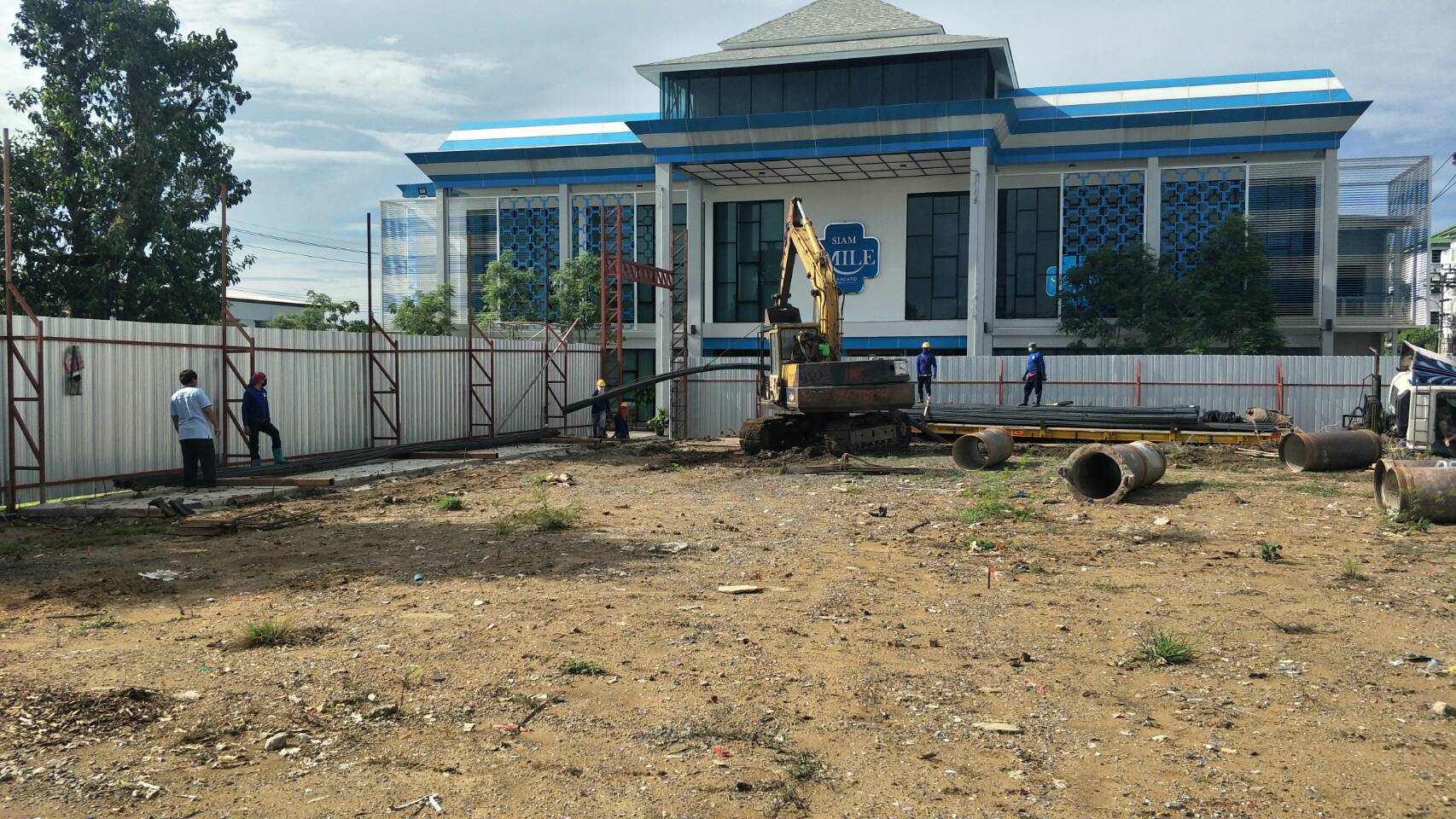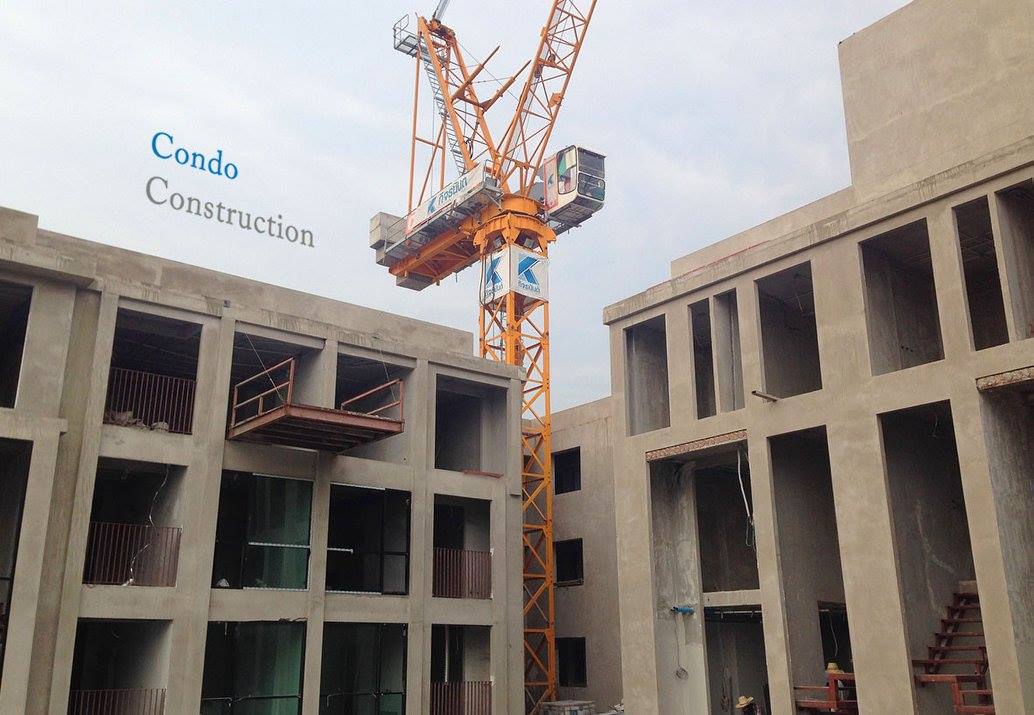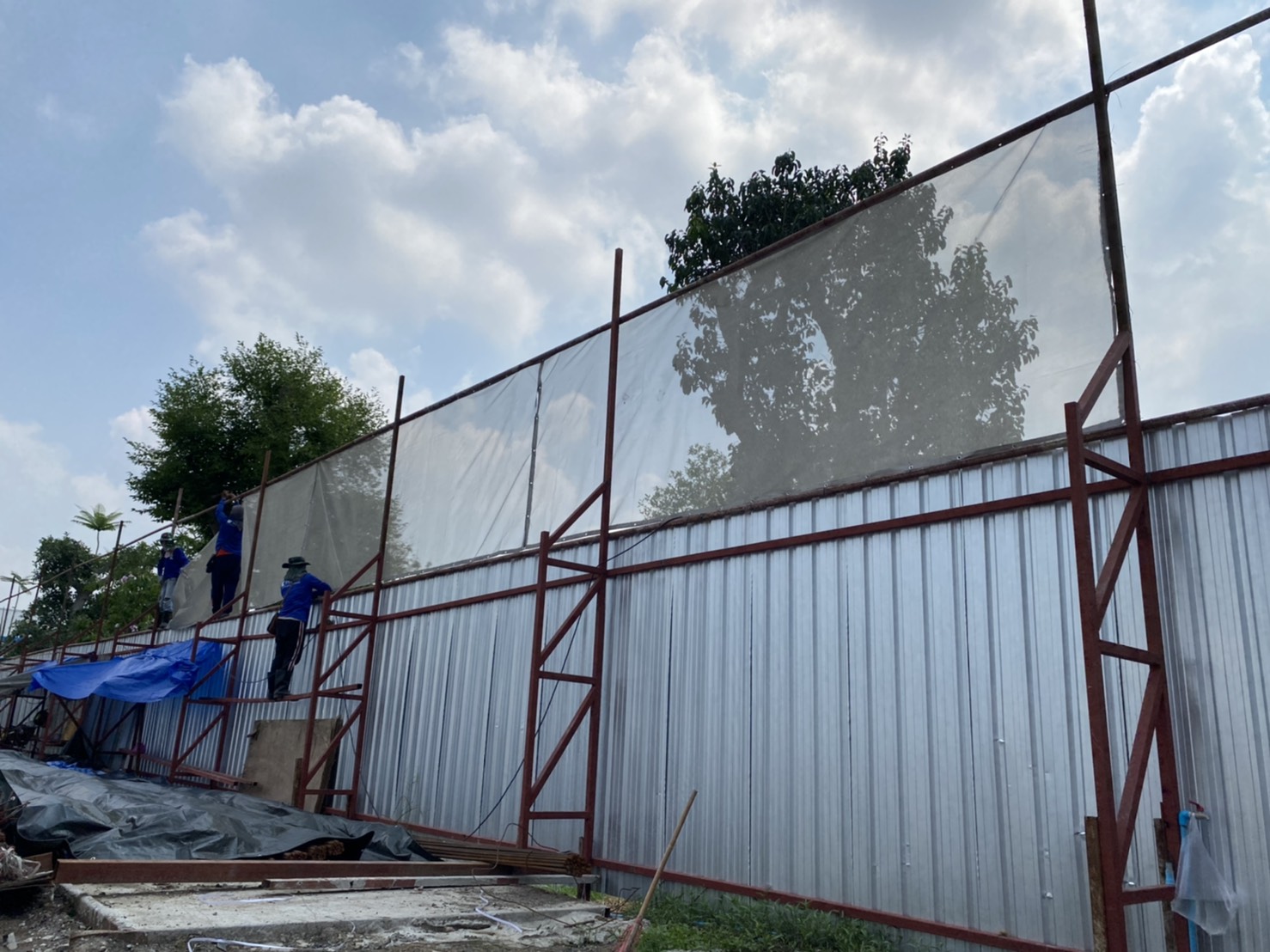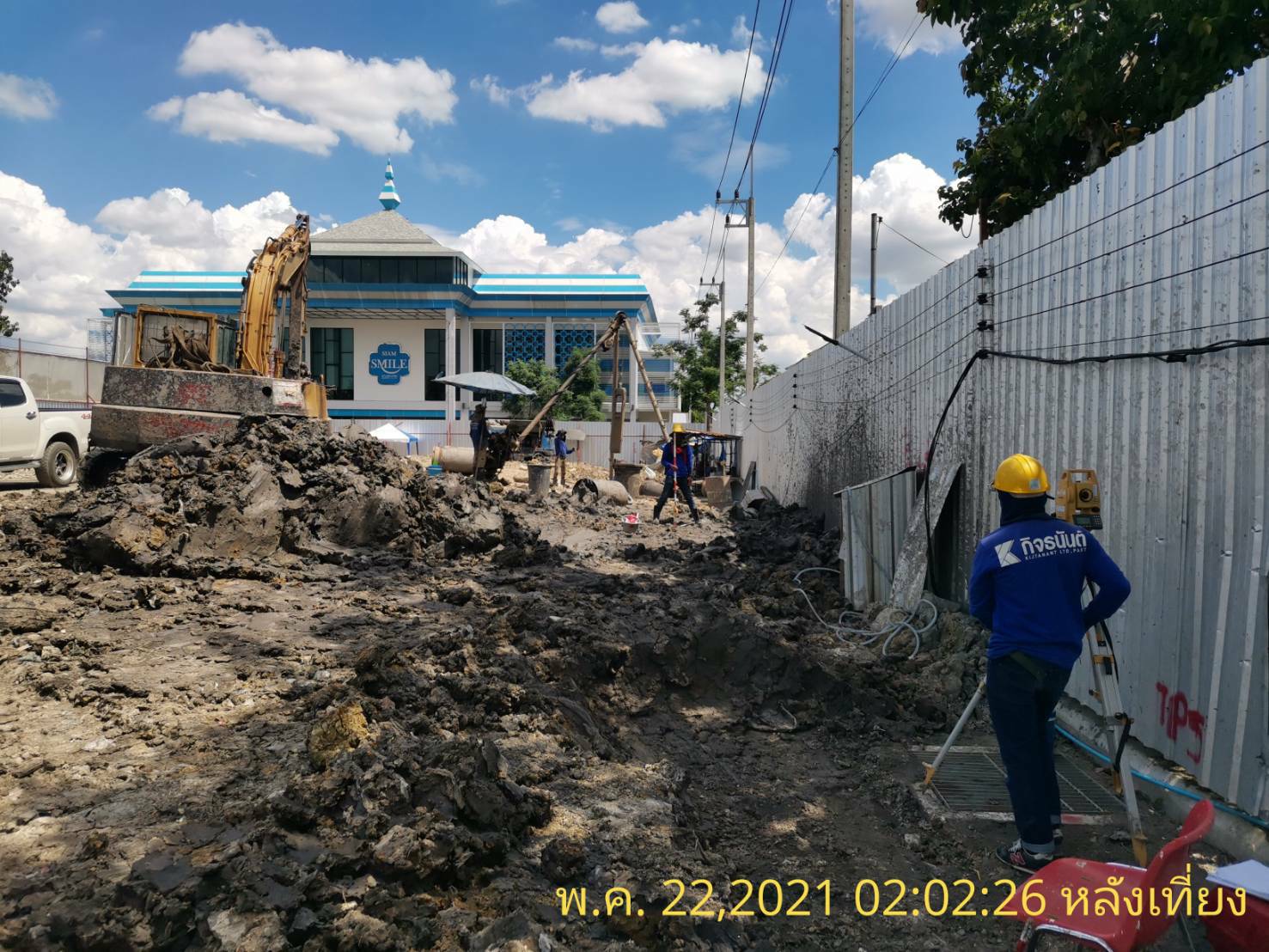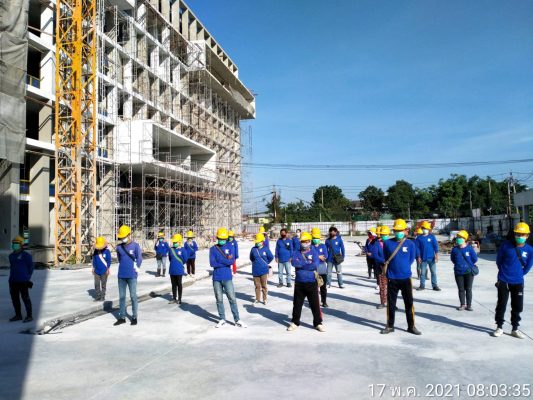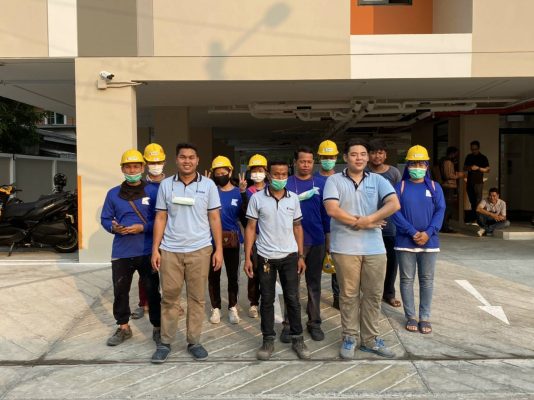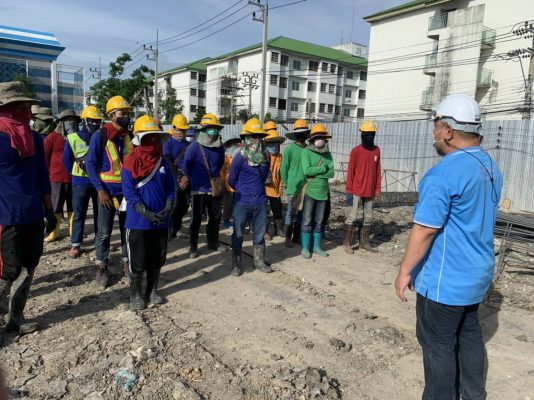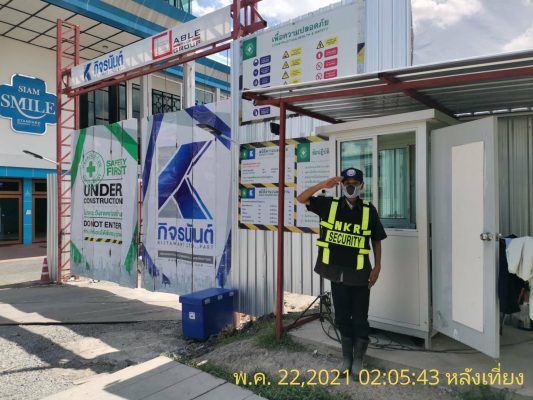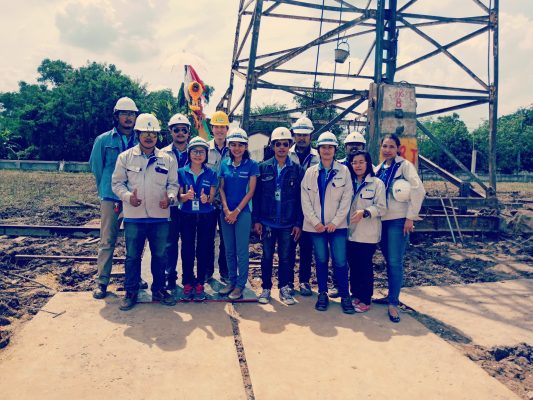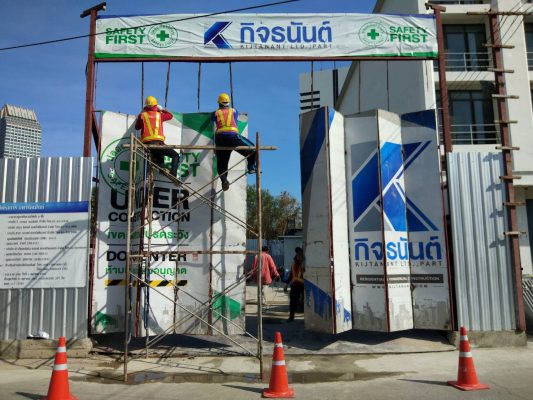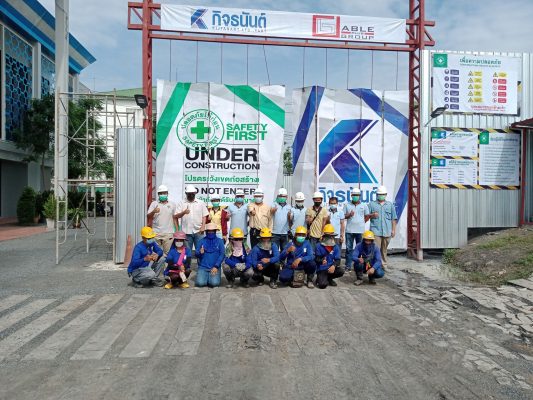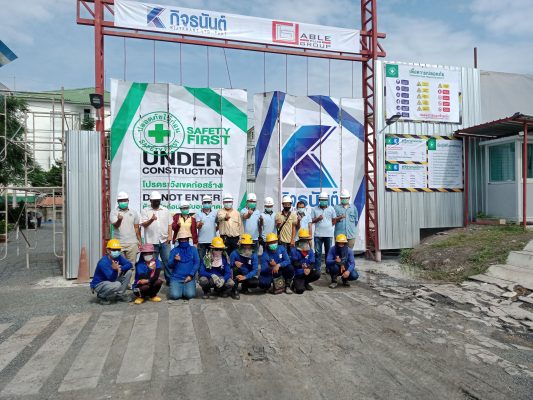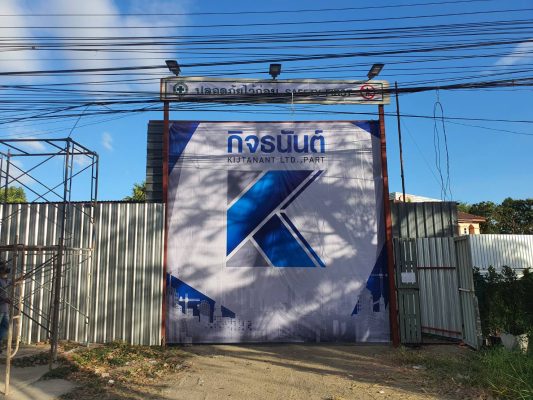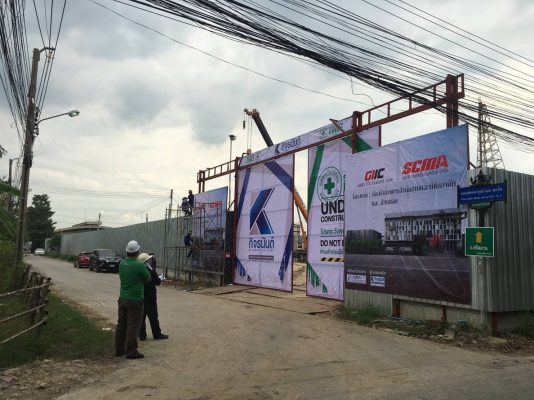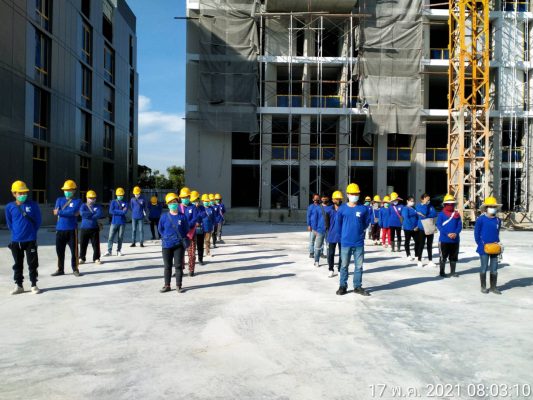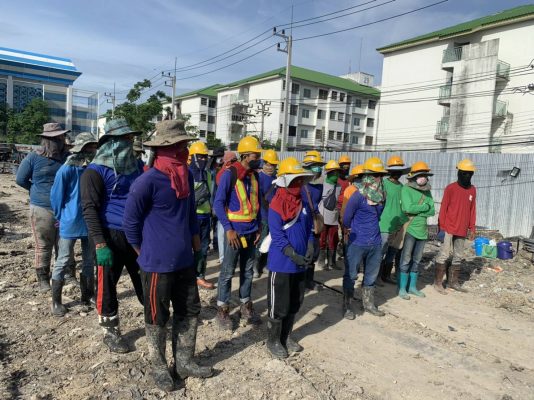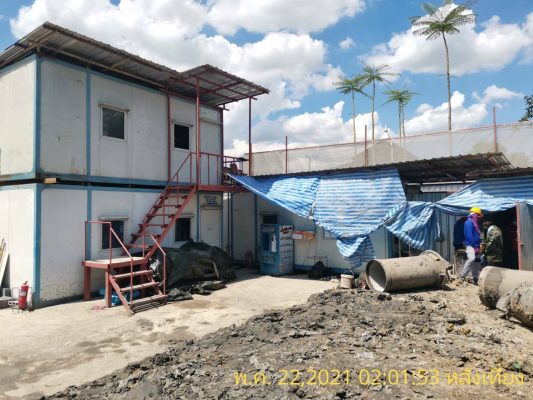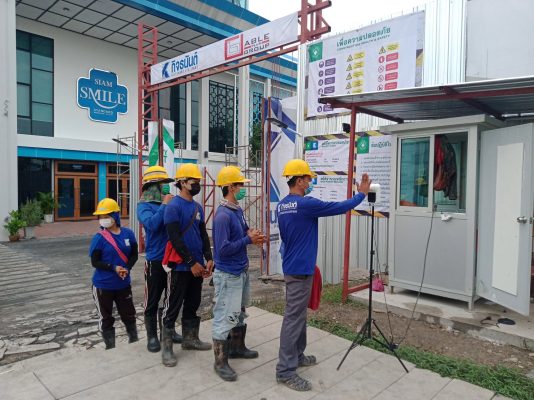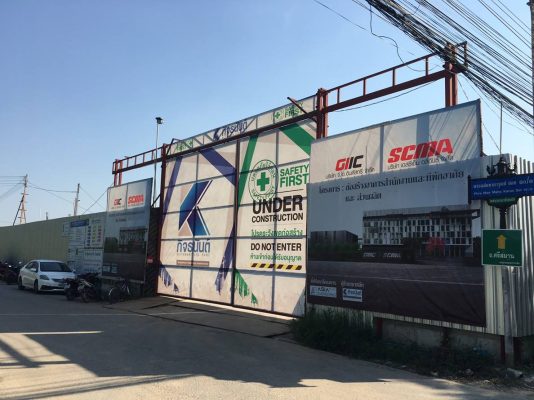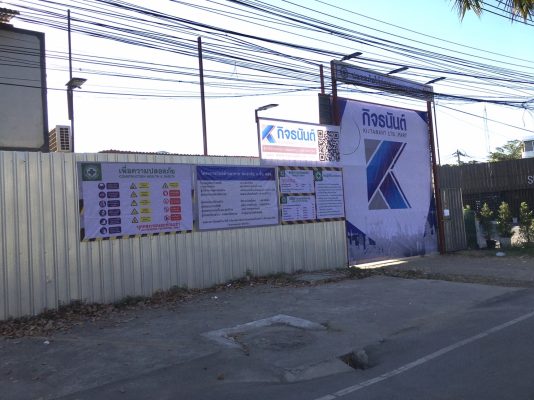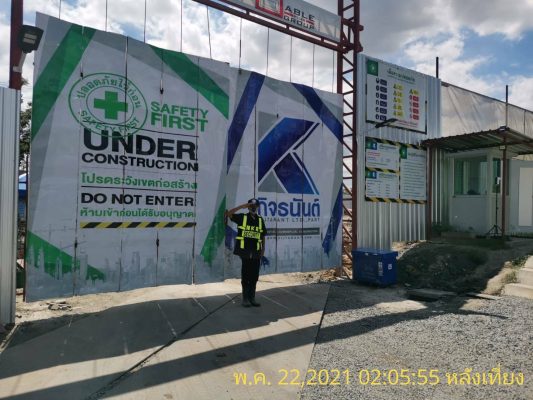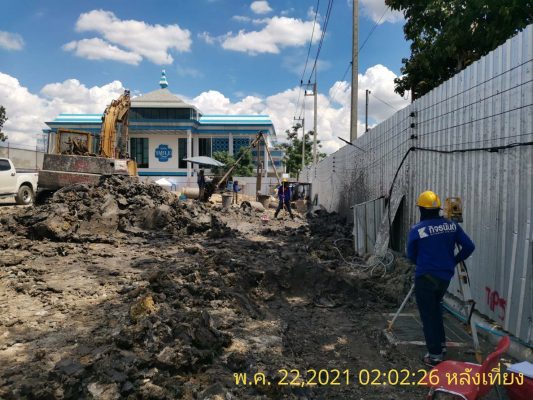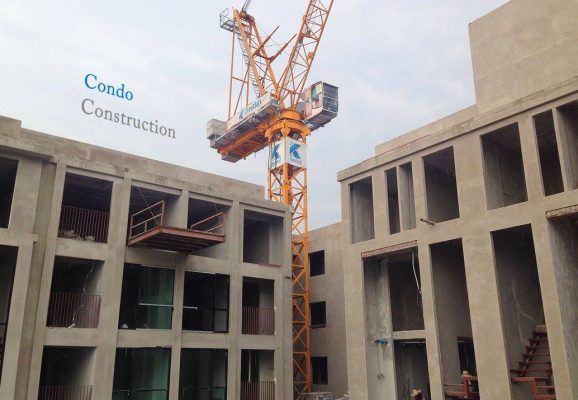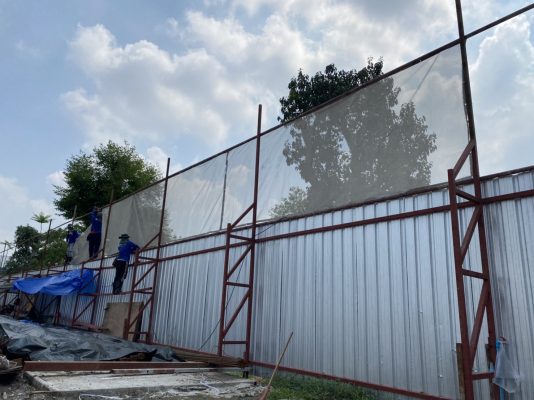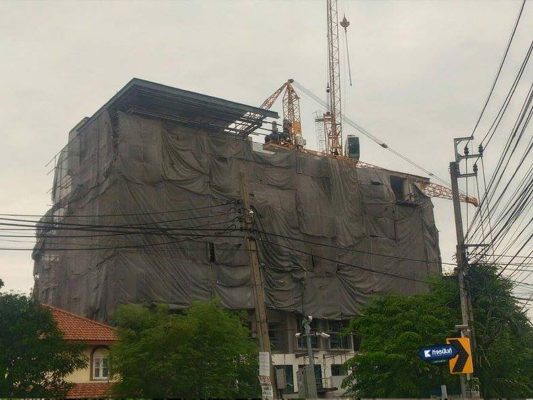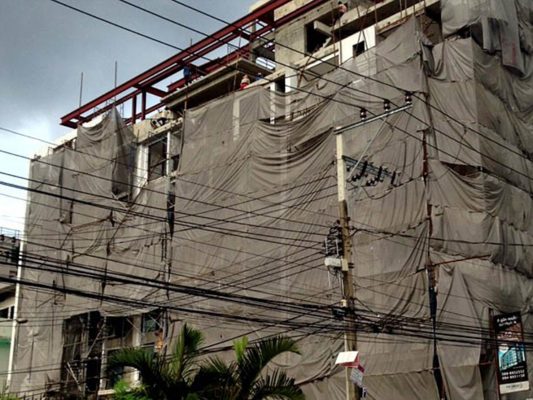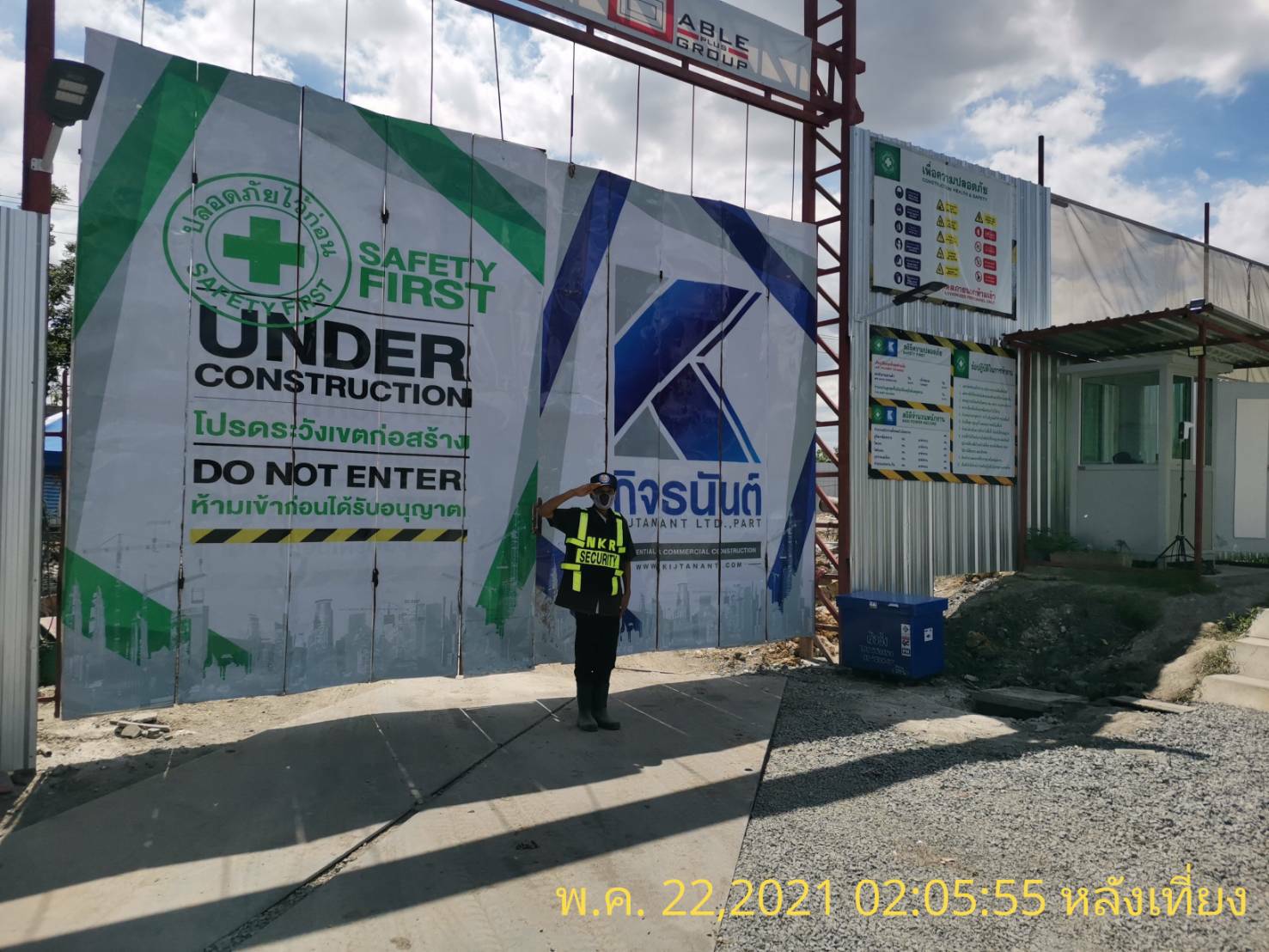
Foundation work
1. Setting construction boundaries
Before construction can begin, the construction contractor needs to define the construction boundaries according to the construction plans. The main boundary markers and land titles must be complete. Once the construction positions are determined, the construction of fences begins, along with the installation of signs to indicate the construction boundaries. Then, the layout of the internal management positions within the construction project is established to facilitate the construction and coordination of various tasks. In some cases, there may be a need to adjust the construction area if there are obstacles or problems, such as forests, ponds, or water bodies. If proper filling and land adjustment have not been carried out, it can lead to subsequent damage. In other words, it can cause the building to settle. Therefore, it is necessary to study the construction plans and follow the construction specifications and procedures as specified in the construction plans.
Foundation work
2. Construction of temporary buildings
Temporary buildings are constructed as work areas, accommodation for workers, storage areas for materials, construction equipment, and safety equipment. Consideration should be given to ease of construction and dismantling while minimizing waste. Worker accommodation is typically separated by corrugated metal sheets. The necessity of temporary building construction is to facilitate fast and organized construction work.
In construction work, there are unavoidable dangers that can occur, ranging from minor accidents, such as stepping on nails or materials falling, to severe accidents, such as electric shocks or falls from heights. Therefore, basic safety equipment should be provided to ensure the safety of workers or supervising engineers, such as helmets, safety shoes, and gloves for construction work. For highly hazardous areas, warning signs should be installed, such as areas with overhead power lines, to alert workers to exercise caution when working in those areas.
Storage areas and material stockpiles should be properly organized.
Cement should be stored in a dry place with a roof and enclosed walls, ensuring that moisture or water does not enter from the floor or lid. If storing wood, it should be elevated above the ground (not less than 30 cm) to facilitate water drainage and airflow from below. The floor should be strong enough to support the weight of the cement bags. In limited areas or outdoor workspaces, it is advisable to use a wooden flooring and prepare cloth covers to protect against moisture, rain, stones, and sand. Sand used for construction should be stacked separately, and if possible, a covering roof should be built to prevent excessive heat. Reinforcement bars should be stored in layers of various sizes with adequate support and covering to prevent dirt, clay, and rain. If possible, a covered roof or storage shed should be built specifically for this purpose, although it is often overlooked in general construction. However, if it is not possible to avoid, in the case of limited space, it is necessary to stack the reinforcement bars outdoors and use wooden bases or raised platforms to prevent contact with soil and use rubber covers to protect against rain and clay. Wooden boards or molds should be stored in a storage shed. They should not be left exposed to sunlight and rain, as they can warp and lose their shape. This also prevents damage from termites or other animals.
Foundation work
3. Temporary Water and Electricity Supply for Construction
Temporary water and electricity are also essential in construction work. Water is used for mixing concrete, cleaning tools and equipment, as well as for consumption and domestic use. If possible, water can be sourced from the construction site’s plumbing. However, if access to tap water is not possible, a connection must be established with neighboring houses or buildings to obtain water. Electricity is crucial in construction work as it powers machinery and provides lighting during construction. Therefore, temporary electrical transformers should be installed from the local power supply to meet the required electrical power demand for construction work. It is important to determine the electrical equipment to be used and the required electrical power in order to install temporary electricity accurately and adequately for construction operations.

